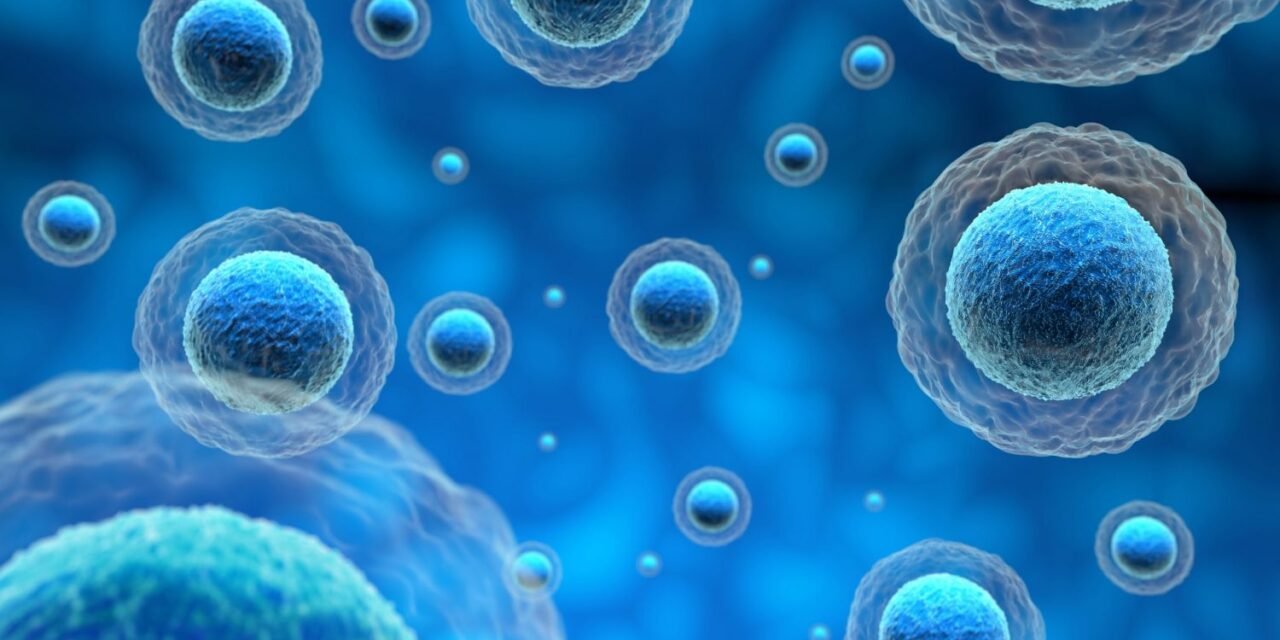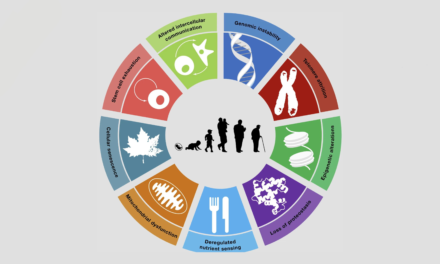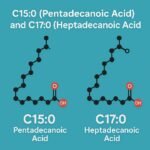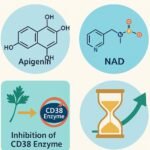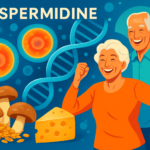The Yamanaka factors refer to a set of four genes – Oct4, Sox2, Klf4, and c-Myc – discovered by Dr. Shinya Yamanaka in 2006. Yamanaka factors are crucial in cellular reprogramming, a process that can transform differentiated cells, such as skin cells, into pluripotent stem cells. These stem cells, known as induced pluripotent stem cells (iPSCs), have the remarkable ability to differentiate into various cell types within the body.The pathway analysis revealed that Yamanaka factors collectively regulate a developmental signalling network composed of 16 developmental signalling pathways.
In recent research, the Yamanaka factors have gained attention for their potential role in reversing epigenetic ageing. Epigenetic ageing is the alteration of the epigenome, the set of chemical modifications to DNA and its supporting proteins, which can influence gene expression. As organisms age, the epigenome undergoes changes that contribute to the ageing process.
Studies suggest that the introduction of Yamanaka factors into cells can reset the epigenetic clock and rejuvenate cells, effectively reversing certain aspects of ageing. This process involves erasing the accumulated epigenetic marks associated with ageing and restoring a more youthful cellular state. However, it is important to note that the use of Yamanaka factors in this context is still an area of active research and has both potential benefits and risks.
Regenerative medicine using Yamanaka factors has the potential to treat various diseases and conditions. Some specific examples include:
- Heart disease: Yamanaka factors can be used to regenerate damaged heart tissue, potentially offering a solution for patients with heart disease.
- Retinal repair: iPSCs derived from Yamanaka factors have been injected into the vitreous of damaged retinas in mice, promoting tissue repair and regeneration.
- Drug discovery: iPSCs can be used in personalised drug discovery efforts to understand patient-specific responses to drugs, potentially leading to more effective treatments for various diseases.
- Disease modelling: Yamanaka factors can be used to create disease models for studying and understanding the progression of diseases, such as cancer, diabetes, and neurodegenerative disorders like Parkinson’s disease5.
- Rejuvenation therapy: Yamanaka factors have been studied for their potential use in rejuvenation therapy, which aims to reverse the effects of ageing by resetting cells to a more youthful state.
While some of these applications are still in the research phase, the use of Yamanaka factors in regenerative medicine holds great promise for treating various diseases and conditions in the future
The concept of reversing epigenetic ageing using Yamanaka factors holds promise for developing therapies to address age-related diseases and promote overall health. To conclude , one can say that Yamanaka factors have several applications in regenerative medicine, including heart regeneration, tissue repair, drug discovery, and disease modelling. These factors have opened up new avenues for research and treatment in the field of regenerative medicine.

